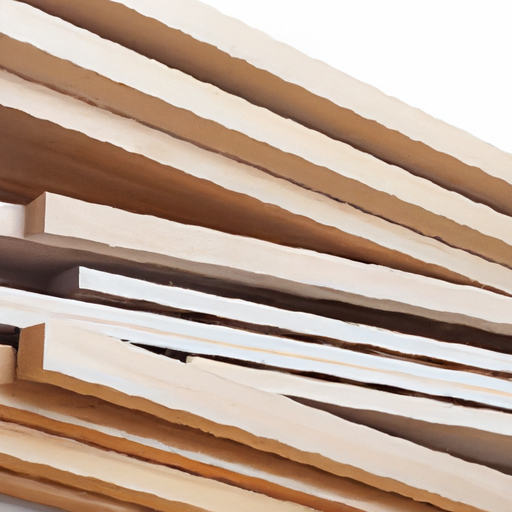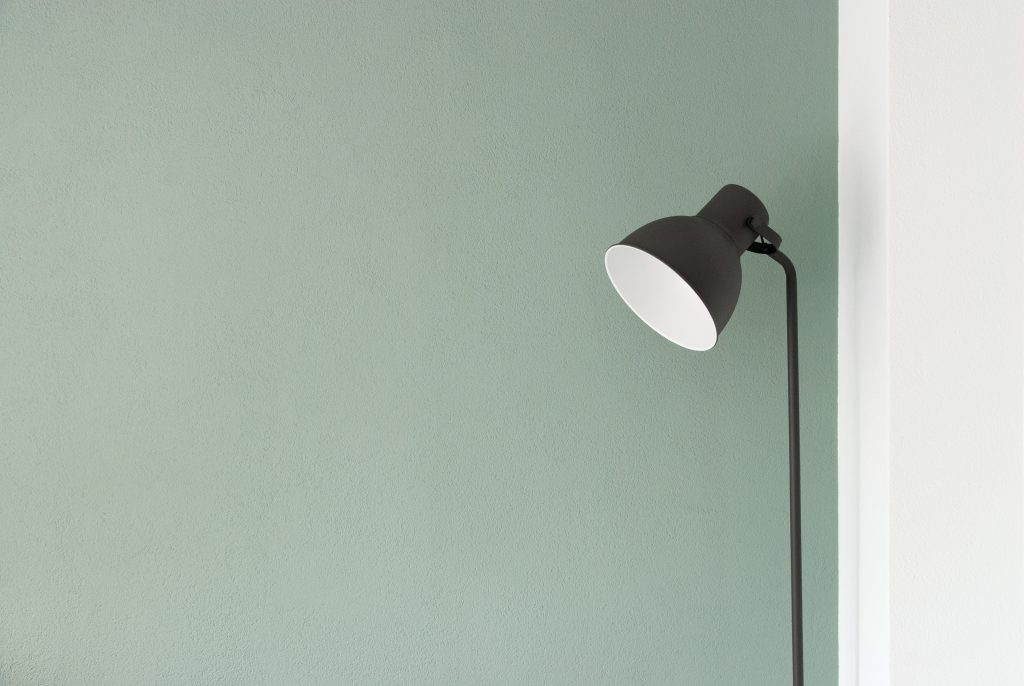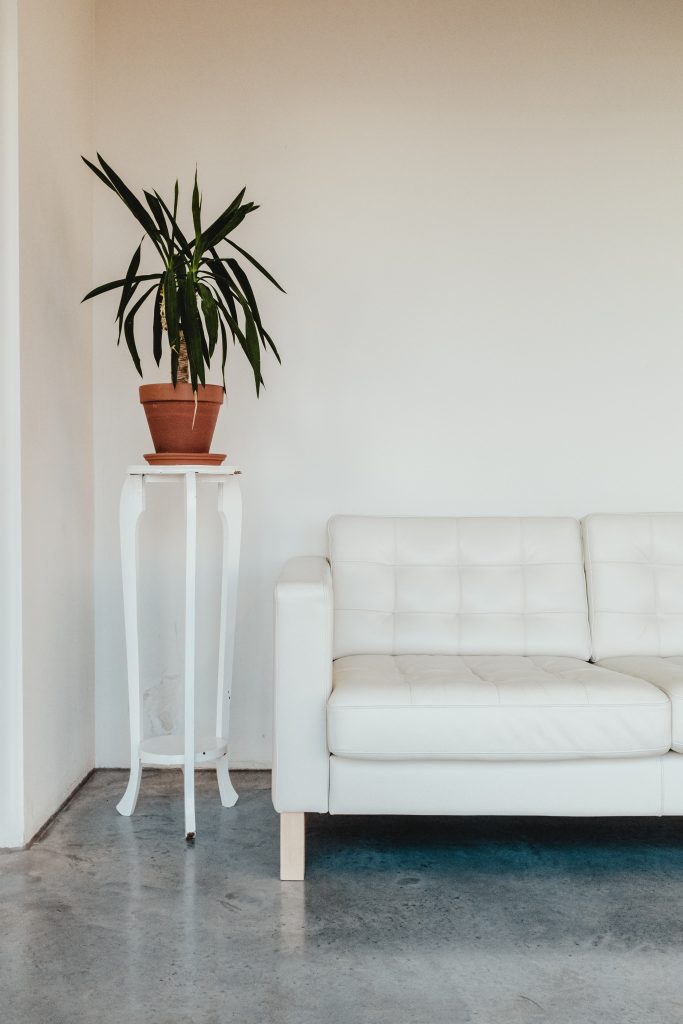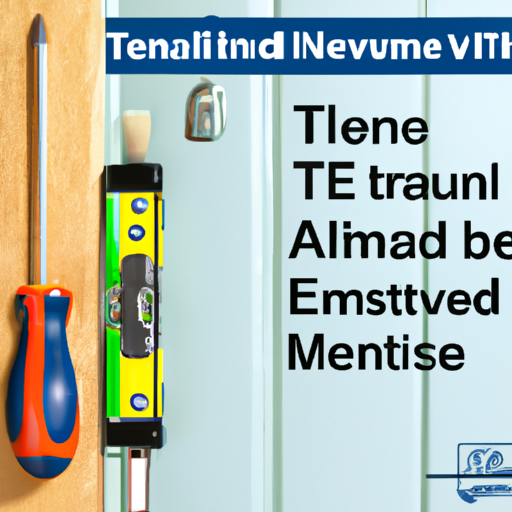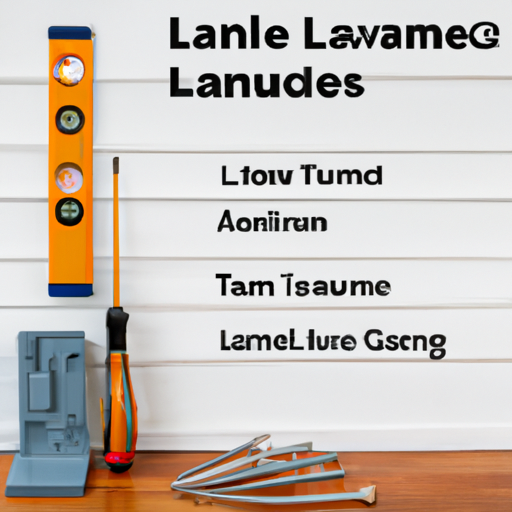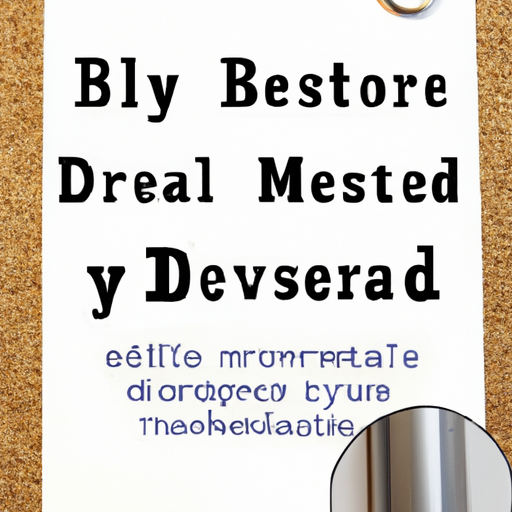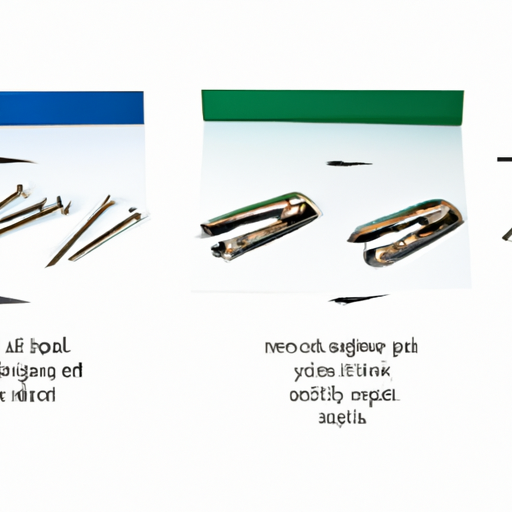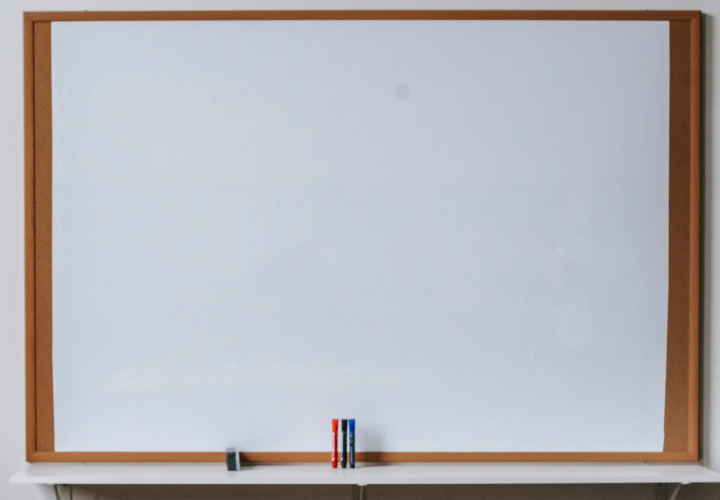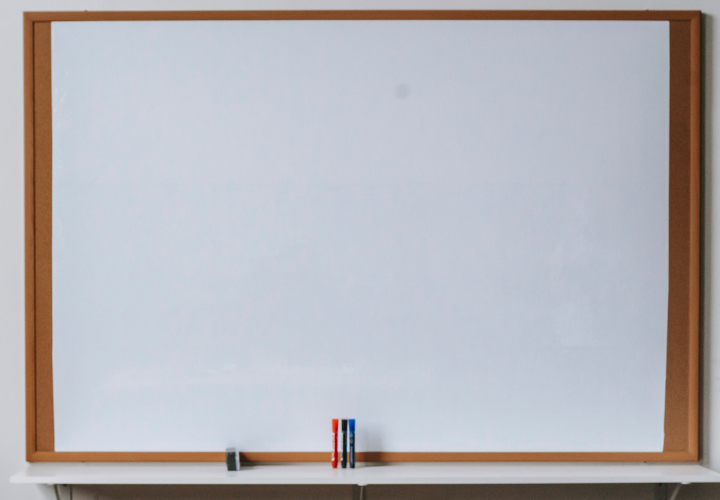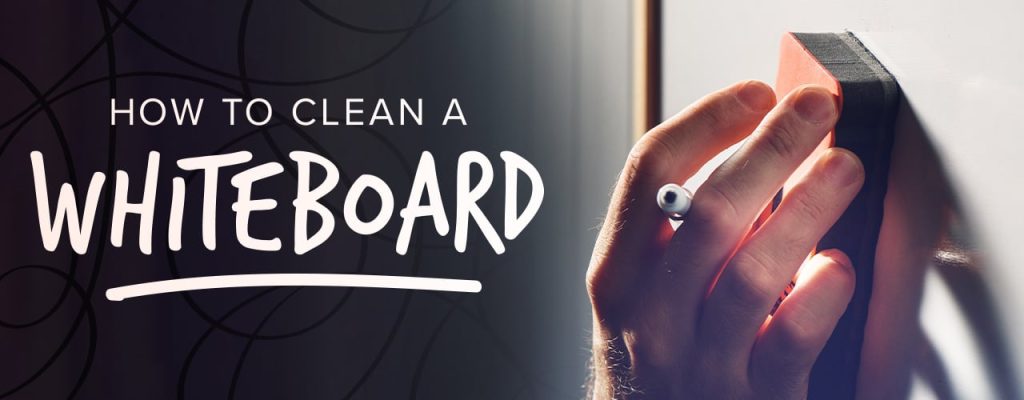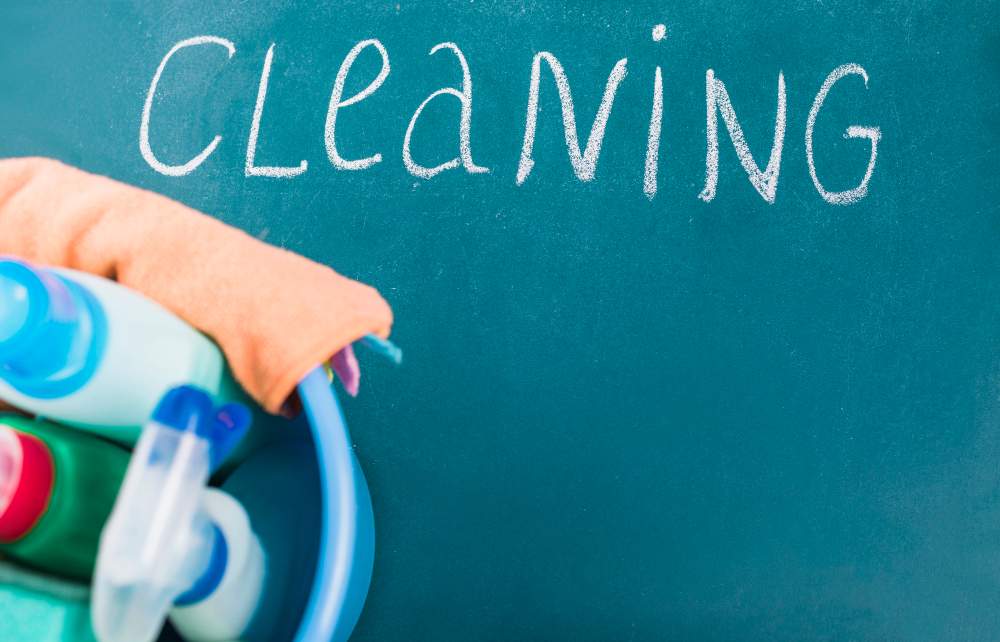Easy Maintenance Tips for Aluminum Frame Boards
aluminum frame boards are a popular choice for various applications due to their durability and sleek appearance. However, proper maintenance is crucial to ensure their longevity and optimal performance. In this article, we will share some easy tips to help you keep your aluminum frame boards in top condition, so you can enjoy their benefits for years to come. From cleaning techniques to preventive measures, we’ve got you covered. So, let’s dive right in and discover how to make the most of your aluminum frame boards with these simple yet effective maintenance tips.

Cleaning
cleaning your aluminum frame boards is an essential part of maintenance. Over time, dust and debris can accumulate on the surface, making the board appear dull and less effective. To remove this dust and debris, you can start by using a soft cloth or sponge to wipe down the surface. This will help to remove the larger particles that may be clinging to the board.
After removing the visible dust and debris, it’s important to give the board a thorough washing with a mild detergent. This will help to remove any remaining dirt and grime. Simply mix a small amount of mild detergent with water, and use a soft cloth or sponge to gently scrub the surface of the board. Be sure to rinse the board thoroughly with clean water to remove any soap residue. Once the board is clean, it should be left to air dry before being used again.
Preventing Scratches and Dents
Scratches and dents can greatly impact the appearance and functionality of your aluminum frame boards. To prevent these issues, it’s important to use a soft cloth or sponge when cleaning the board. Avoid using any abrasive materials or harsh cleaning tools, as these can cause scratches on the surface of the board.
Additionally, it’s important to handle the board with care to avoid accidental bumps or drops that could result in dents or dings. By being mindful of how you handle the board and taking precautions to avoid accidents, you can significantly minimize the risk of scratches and dents.
Protecting from Corrosion
Aluminum frame boards are susceptible to corrosion if not properly protected. To prevent this, it’s recommended to apply a protective coating to the surface of the board. This can be done by using a specialized aluminum coating or a clear protective spray. The coating acts as a barrier between the aluminum and the environment, reducing the risk of corrosion.
In addition to applying a protective coating, it’s crucial to avoid exposing the board to excessive moisture. Moisture can accelerate the corrosion process, so it’s important to keep the board away from areas with high humidity or water exposure. If the board does get wet, be sure to thoroughly dry it to prevent any moisture from lingering on the surface.
Maintaining Whiteboards
Whiteboards are commonly made with aluminum frames, and they require specific maintenance to keep them in good condition. One important aspect of maintaining whiteboards is using a whiteboard cleaner. These cleaners are designed to remove stubborn marks and stains, while also preserving the whiteboard surface. Simply apply the cleaner to a soft cloth or sponge, and gently scrub the surface of the board.
Regularly erasing the surface of the whiteboard is another crucial step in maintaining its condition. Leaving marks on the board for an extended period can cause them to become more difficult to erase, so it’s best to erase the board as soon as possible after use. Using a soft eraser or dry cloth, gently wipe away the marks without applying excessive pressure or scrubbing.

Restoring and Revitalizing
Over time, aluminum frame boards can become faded or lose their shine. To restore and revitalize the appearance of your boards, you can use an aluminum cleaner and polish. These products are specifically formulated to remove oxidation and stains from aluminum surfaces, bringing back their original luster.
To use an aluminum cleaner and polish, apply a small amount to a soft cloth and gently rub the surface of the board in a circular motion. This will help to lift away any stains or discoloration. Once the cleaner has been applied, use a separate, clean cloth to buff the surface to a shine. This will help to restore the board’s natural appeal and ensure that it looks its best.
For stubborn stains that are difficult to remove with a general cleaner, it may be necessary to use a specialized stain remover. These products are designed to target specific types of stains and can be highly effective in restoring the appearance of your boards. Follow the instructions on the stain remover carefully, and be sure to clean the board thoroughly after application.
Avoiding Permanent Marker Marks
One common issue with aluminum frame boards is the accidental use of permanent markers. If left untreated, these marks can become permanent and are challenging to remove. To prevent permanent marker marks from ruining your board, it’s important to act quickly.
Rubbing alcohol can be a useful tool in removing permanent marker marks from aluminum frame boards. Apply a small amount of rubbing alcohol to a soft cloth or sponge, and gently rub the marker marks in a circular motion. This should help to lift the ink from the board. Be sure to rinse the area with clean water after removing the marks and allow it to dry before using the board again.

Proper Storage
Proper storage is crucial in preserving the condition of your aluminum frame boards. Storing the boards in a dry area is essential to prevent moisture from accumulating on the surface, which can lead to corrosion. Avoid storing the boards in areas with high humidity, such as basements or near water sources.
Extreme temperatures can also have a detrimental effect on aluminum frame boards. To protect them from temperature-related damage, it’s important to avoid storing the boards in areas exposed to direct sunlight or extreme heat. High temperatures can cause the aluminum to expand, potentially leading to warping or distortion. Similarly, extremely cold temperatures can cause the aluminum to contract, which can also lead to damage.
By storing your aluminum frame boards in a dry area and protecting them from extreme temperatures, you can ensure that they remain in optimal condition for years to come.
Avoiding Weight Overload
Aluminum frame boards have weight limitations that should be taken into consideration to avoid damage. Exceeding the weight limit can put excessive strain on the board, potentially leading to bending or warping. Be sure to check the manufacturer’s specifications for the weight limit of your specific board.
In addition to considering weight limitations, it’s important to avoid applying excessive pressure to the surface of the board. For example, leaning or standing on the board can cause it to bend or dent. By being mindful of the weight applied to the board and avoiding excessive pressure, you can prevent unnecessary damage and prolong the lifespan of your aluminum frame boards.
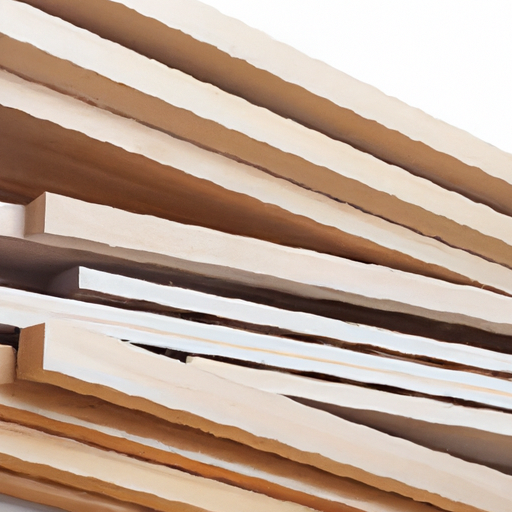
Checking for Loose Fasteners
Regularly inspecting the components of your aluminum frame boards is an important part of maintenance. Over time, the fasteners that hold the board together can become loose, potentially compromising its stability. To prevent this, it’s recommended to regularly check for any loose screws or fasteners and tighten them as needed.
Using a screwdriver or similar tool, carefully tighten any loose screws or fasteners you may find. Be sure not to overtighten, as this can cause damage to the board or strip the threads. By regularly inspecting and tightening loose fasteners, you can ensure that your aluminum frame boards remain secure and stable.
Handling and Transporting
Proper handling and transportation of your aluminum frame boards are crucial to avoid damage. When moving or transporting the boards, it’s important to use protective packaging to prevent scratches and dents. This can include using bubble wrap or foam padding to cushion the boards and protect them from any bumps or impacts.
In addition to using protective packaging, it’s important to secure the boards to prevent them from shifting or moving during transportation. This can be done by using straps or ropes to secure the boards tightly, or by placing them in a secure container such as a padded bag or case. By taking these precautions, you can minimize the risk of damage during handling and transportation.
By following these easy maintenance tips, you can ensure that your aluminum frame boards remain in optimal condition for years to come. Whether you’re cleaning the surface, preventing scratches and dents, or handling and transporting the boards, proper maintenance is key to preserving their appearance and functionality. With regular care and attention, your aluminum frame boards will continue to serve you well in various settings, from classrooms to boardrooms.
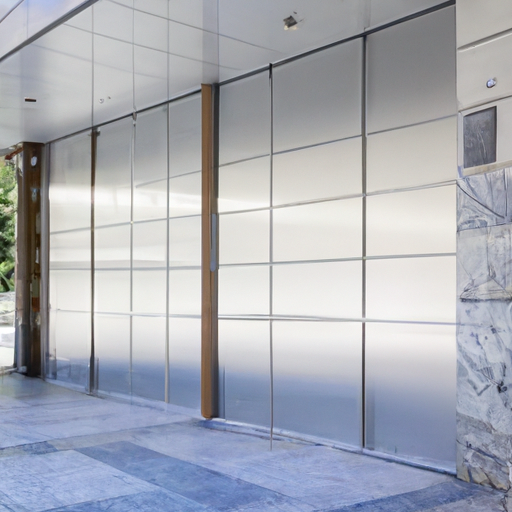
Easy Maintenance Tips for Aluminum Frame Boards Read More »
